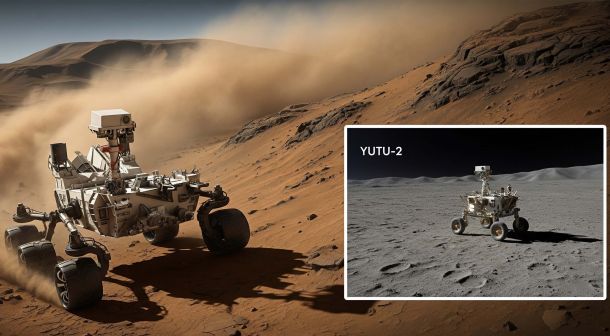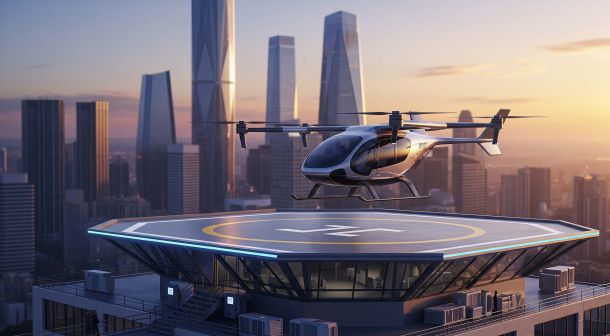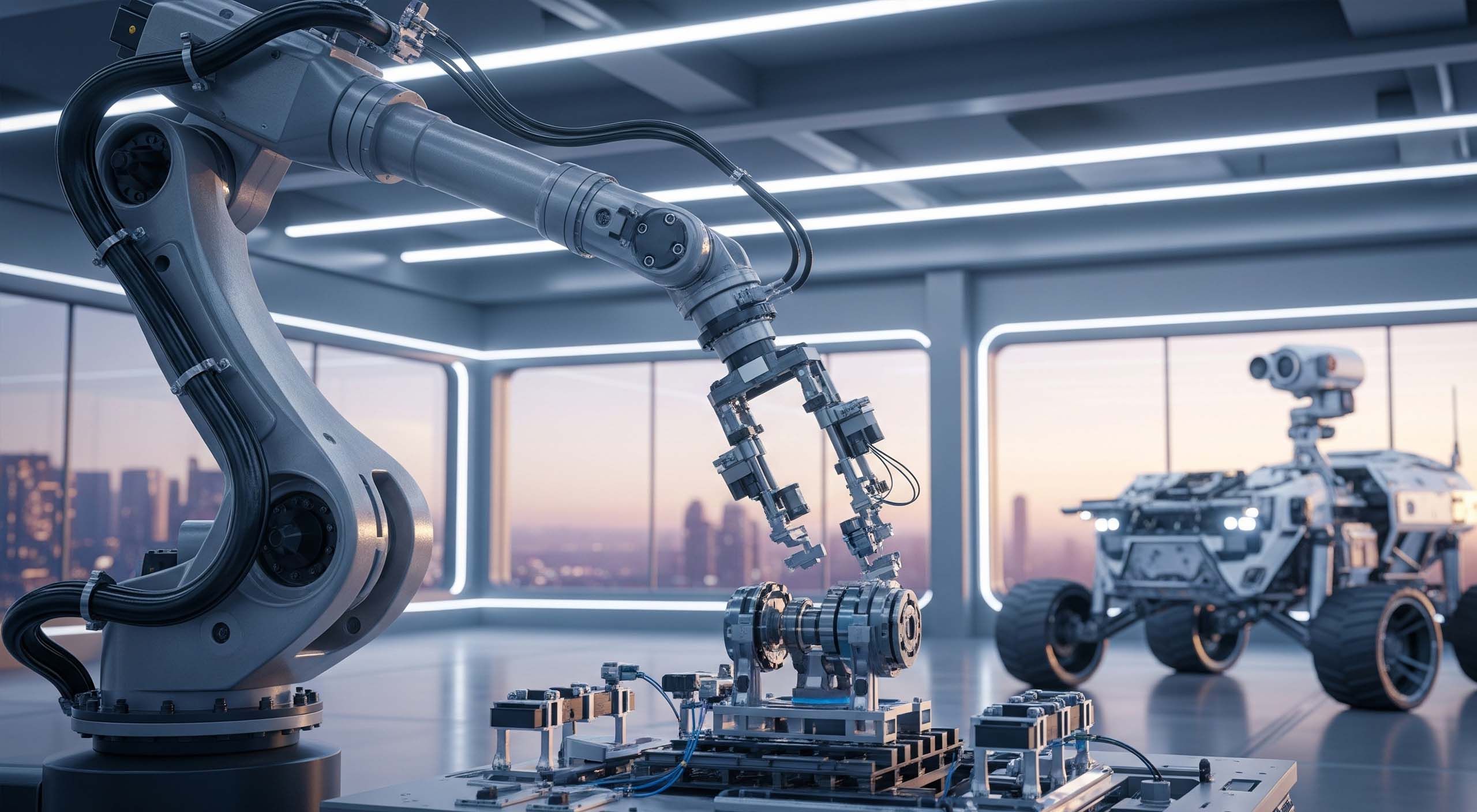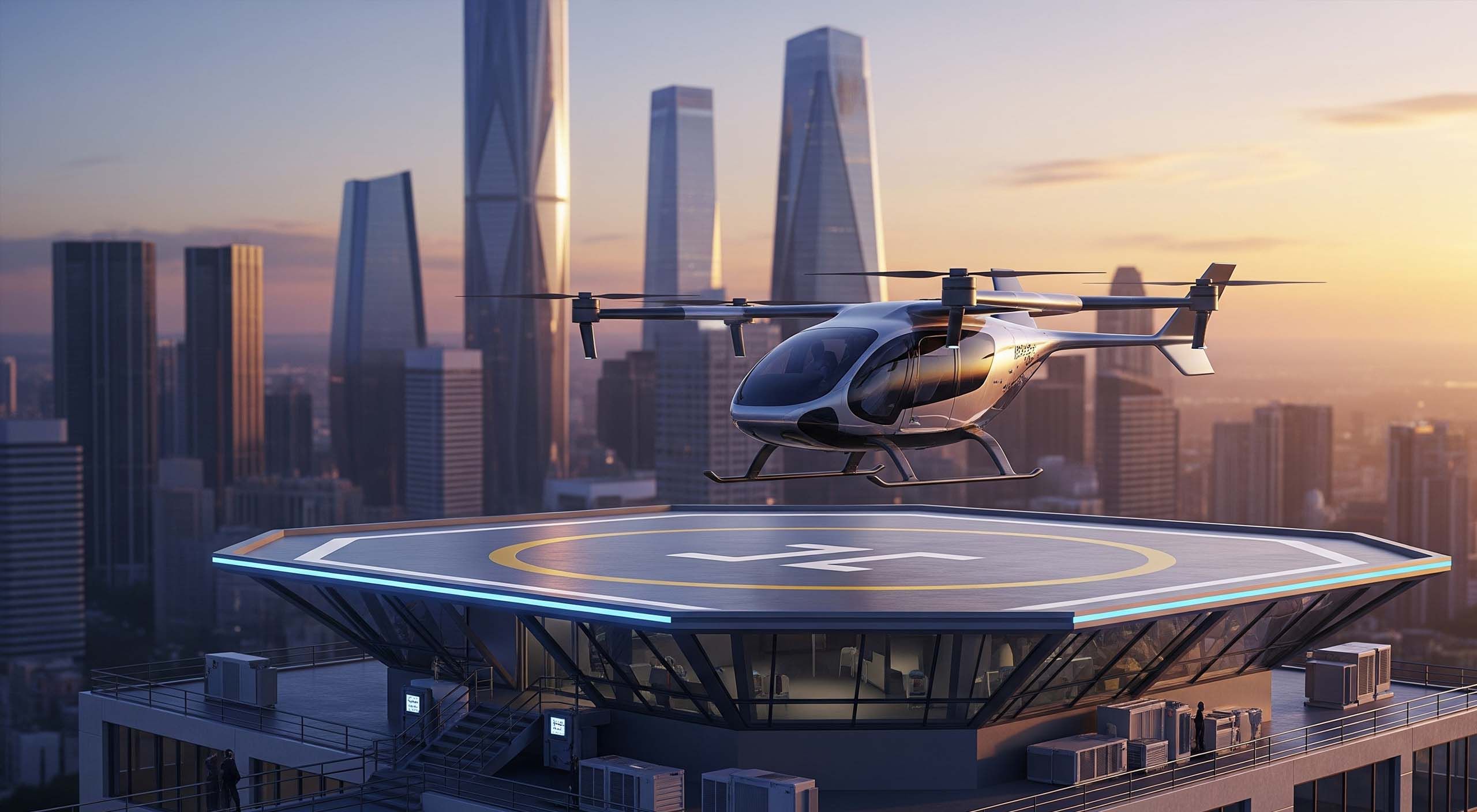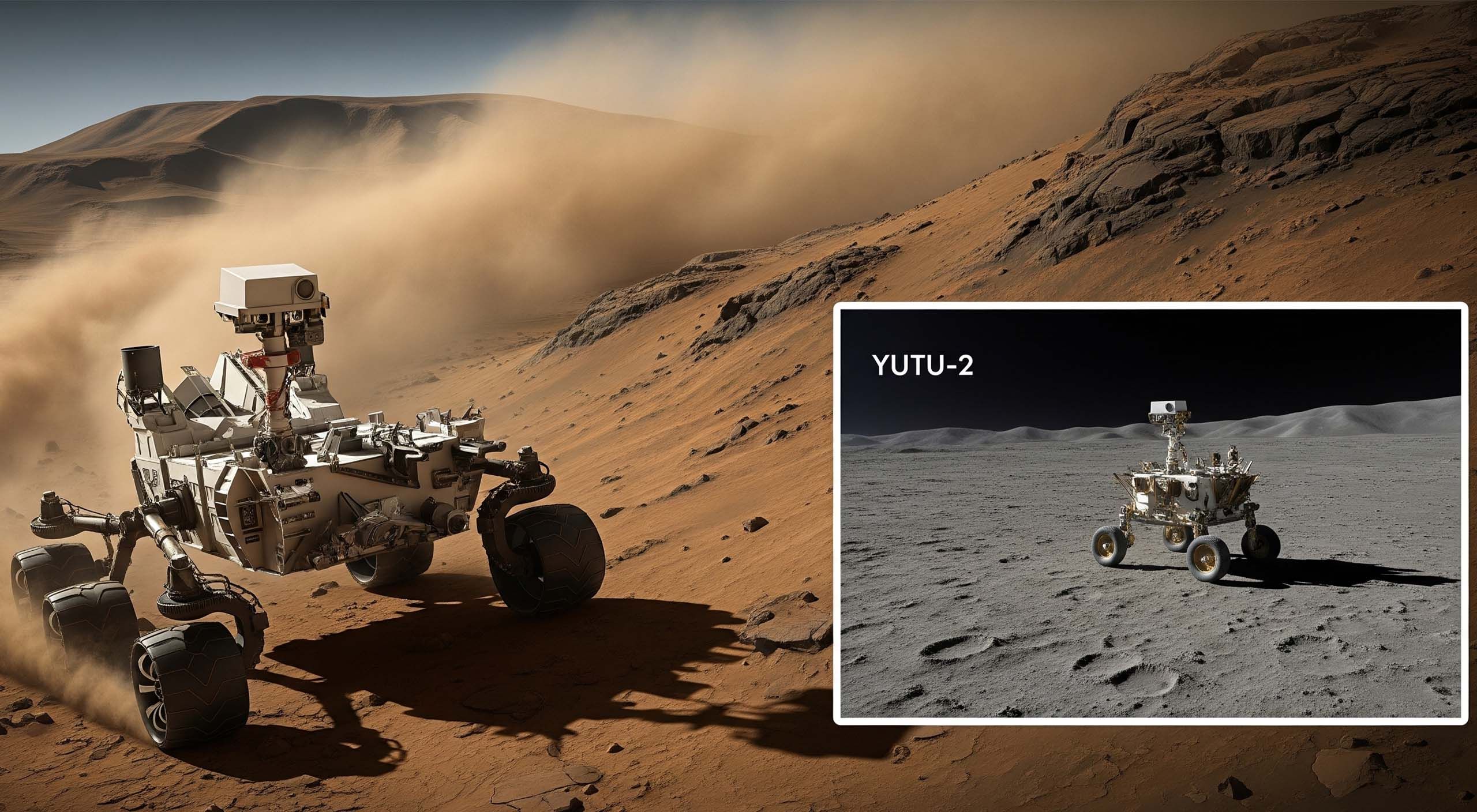Drones in 2025: Beyond Hobbyists — New Roles in Industry and Security
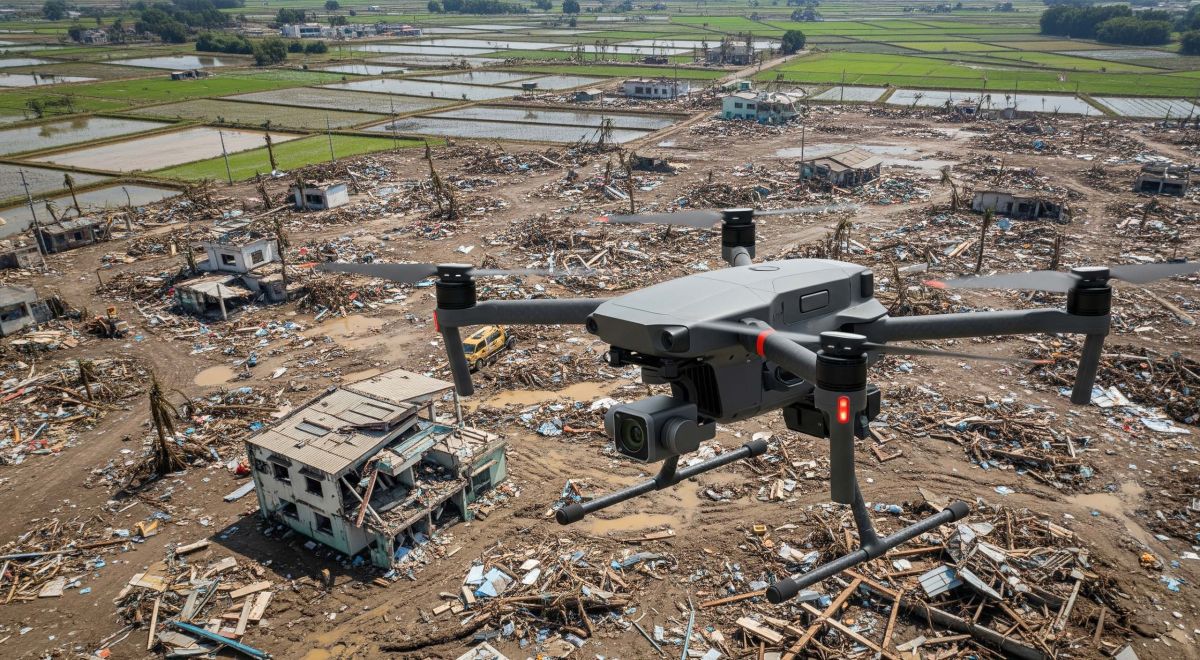
Once the domain of hobbyists capturing scenic aerial footage, drones—or unmanned aerial vehicles (UAVs)—have soared to new heights by 2025. No longer just toys for enthusiasts, drones are now critical tools in industries ranging from agriculture to logistics, construction to disaster response, and even national security. Their ability to collect data, perform tasks in hard-to-reach areas, and operate autonomously has made them indispensable.
Drones in Agriculture: Precision Farming Takes Flight
Agriculture has been one of the biggest beneficiaries of drone technology. In 2025, farmers are using drones to monitor crops, optimize irrigation, and apply fertilizers with pinpoint accuracy. Equipped with multispectral cameras and sensors, drones can detect plant stress, nutrient deficiencies, and pest infestations before they become visible to the human eye. This data-driven approach, known as precision agriculture, allows farmers to increase yields by up to 15% while reducing water and chemical use by nearly 20%, according to recent industry reports.
For example, large-scale farms in the Midwest United States deploy drone fleets to map thousands of acres in hours, identifying areas that need attention. These drones integrate with AI-powered software to analyze data and provide actionable insights, such as which fields require more nitrogen or where irrigation systems are underperforming. Smaller farms benefit too, with affordable drones enabling family-run operations to compete with industrial giants.
Beyond monitoring, drones are now used for direct intervention. Spraying drones, capable of carrying up to 20 liters of pesticides or fertilizers, can treat crops faster than traditional machinery, especially in rugged terrains. In regions like Southeast Asia, where terraced fields are common, drones have become game-changers, reducing labor costs and environmental impact.
Logistics and Delivery: Drones Redefine Supply Chains
The dream of drone delivery, once a futuristic fantasy, is a reality in 2025. Companies like Amazon, UPS, and DHL have scaled up drone delivery programs, particularly in urban and remote areas. Drones now deliver everything from medical supplies to consumer goods, cutting delivery times and costs. In rural regions of Africa and South America, drones are bridging the "last mile" gap, delivering vaccines and emergency supplies to communities inaccessible by road.
In urban centers, drone delivery hubs are popping up, with vertiports—dedicated drone takeoff and landing zones—integrated into city infrastructure. For instance, Singapore has implemented a network of vertiports that allow drones to deliver packages within 30 minutes of an order. These drones use advanced navigation systems, including GPS and LiDAR, to avoid obstacles and comply with air traffic regulations.
However, scaling drone delivery faces challenges. Airspace management in densely populated areas requires sophisticated traffic control systems to prevent collisions. Battery life remains a limiting factor, with most delivery drones restricted to short-range missions of 10-20 kilometers. Innovations in hydrogen fuel cells and solar-powered drones are being tested to extend range, but widespread adoption is still a few years away.
Disaster Response: Drones as Lifesavers
Drones have become vital in disaster response, offering rapid, cost-effective solutions where traditional methods fall short. In 2025, emergency response teams use drones to assess damage, locate survivors, and deliver critical supplies in the aftermath of earthquakes, hurricanes, and wildfires. Equipped with thermal imaging and high-resolution cameras, drones can scan large areas quickly, identifying heat signatures or movement in rubble.
During the 2024 hurricane season in the Atlantic, drones were deployed to deliver medical kits and communication devices to cut-off communities in Florida. In wildfire-prone areas like California and Australia, drones equipped with fire-retardant payloads assist firefighters by targeting hotspots inaccessible by ground crews. These UAVs can operate in hazardous conditions, reducing risks to human responders.
Moreover, drones are being used for predictive disaster management. In flood-prone regions, drones monitor river levels and soil saturation, providing early warnings to authorities. In Japan, earthquake-prone areas are mapped by drones that detect structural weaknesses in buildings, helping prioritize retrofitting efforts.
Security and Surveillance: Drones as Sentinels
In the realm of security, drones are redefining how governments and private entities protect assets and people. By 2025, law enforcement agencies worldwide use drones for crowd monitoring, border patrol, and crime scene analysis. In the United States, police departments in cities like Los Angeles and Chicago deploy drones to track suspects or monitor large events, reducing the need for costly helicopter operations.
Military applications have also expanded. Drones equipped with advanced sensors and AI are used for reconnaissance, target acquisition, and even autonomous combat missions. Small, swarm-capable drones can overwhelm traditional defenses, making them a focus of defense budgets in countries like the United States, China, and India.
Private security firms are adopting drones for perimeter patrols around critical infrastructure, such as power plants and data centers. These drones use facial recognition and license plate readers to identify threats in real time, raising both efficiency and privacy concerns.
Challenges: Regulation, Privacy, and Public Perception
Despite their potential, drones face significant hurdles. Regulatory frameworks struggle to keep pace with technological advancements. In 2025, the Federal Aviation Administration (FAA) and European Union Aviation Safety Agency (EASA) have implemented stricter rules for commercial drone operations, requiring remote pilot licenses and real-time tracking systems. However, harmonizing regulations globally remains a challenge, especially for cross-border operations.
Privacy is another concern. Drones equipped with cameras and sensors can inadvertently—or intentionally—capture sensitive data. Public backlash has led to calls for stricter data protection laws, particularly in Europe, where GDPR compliance is a priority. In response, manufacturers are developing "privacy-by-design" drones that limit data collection to essential functions.
Public perception also varies. While some see drones as tools for progress, others view them as intrusive or dangerous. High-profile incidents, such as drone crashes or misuse in restricted airspace, fuel skepticism. Education campaigns and transparent regulations are critical to building trust.
The Future: What Lies Ahead for Drones?
Looking ahead, drone technology is poised for further breakthroughs. Advances in AI will enable fully autonomous drones capable of complex decision-making, from navigating urban skies to coordinating disaster relief. Lightweight materials and improved battery technologies will extend flight times, making long-range missions viable.
In agriculture, drones may integrate with robotic harvesters to create fully automated farming systems. In logistics, urban air mobility—think passenger drones or "flying taxis"—could become a reality in cities like Dubai and Tokyo by 2030. In security, quantum communication systems may make drones unhackable, addressing cybersecurity concerns.
However, ethical questions loom large. Should drones be allowed to make lethal decisions in military contexts? How can we balance innovation with privacy? These questions will shape the drone industry’s trajectory in the coming years.
Thoughts
In 2025, drones are no longer just a hobbyist’s plaything—they are transforming industries, saving lives, and redefining security. From precision agriculture to rapid disaster response, UAVs are proving their worth as versatile, efficient tools. Yet, challenges like regulation, privacy, and public trust must be addressed to unlock their full potential. As technology advances and society adapts, drones are set to become an even more integral part of our world, soaring beyond imagination.



